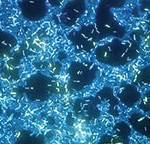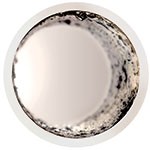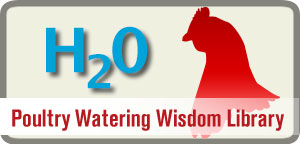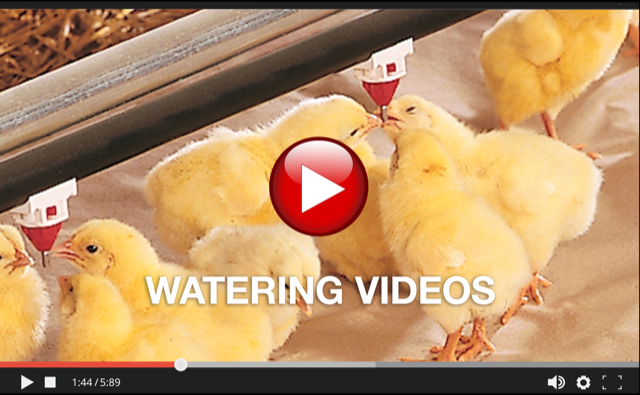Did you know that in 24 hours at 32 degrees C (90 degrees F), a single E. coli organism multiplies into trillions of E. coli, and it can do that right in your drinker lines? And that the main culprit behind this is what’s known as biofilm?

When birds ingest pathogens, such as E.coli, they develop diseases that lead to health and performance problems.
Courtesy of Ricardo Murga and Rooney M. Donlan • Emerging infectious diseases, Vol. 8, Sept. 2002
Biofilm is a sticky, nutrient rich substance that feeds bacterial growth when bacteria attaches to a solid surface, such as the inside walls of your watering system lines. This problem quickly compounds as the biofilm attracts even more bacteria, water line additives, and substances in the water, such as sediment and iron. Most seriously, the biofilm can attract and nurture various pathogens, such as Campylobacter, Salmonella, E. coli, Pseudomonas, and, Staphylococcus. As all these microorganisms feed off the biofilm and other nutrients in the water, the amount of biofilm continues to grow and attract more microorganisms.
Ironically, substances used to promote bird health can also aid the growth and spread of bacteria- and pathogen-rich biofilm. Many producers use their watering system to deliver vitamins and medications. Vitamin interventions usually use glucose, a nutrient enriched substance. Pharmaceutical interventions often use powdered milk as a medium, also a nutrient. These substances will coat the inner walls of the drinker lines and provide microorganisms even more food to thrive on.

When bacteria attach to the interior wall of a water pipe, they begin to exude a sticky substance called biofilm.
The result is that a producer can deliver hygienic water to the poultry house but still have it contaminated before it gets to the birds. The pathogens thriving and colonizing in the biofilm can grow and spread diseases that severely challenge the birds and hinder performance.
Biofilm can also compromise the drinker in two ways: 1.) It can cause the drinkers to leak and create wet litter conditions that results in ammonia release and a major health threat to the birds and 2.) It can prevents or restrict water discharge from the drinkers, causing mortality and performance issues.
Producers will commonly introduce chlorine or other sanitizing agents into the system to kill bacteria. This practice will make the water more hygienic than it was in the short term, but it does not get rid of the biofilm that is the lifeline of bacteria. And eradicating the biofilm is the ultimate goal: If biofilm is not eliminated, the bacteria in the water can quickly return to the pre-sanitized level.
Finally, be aware that biofilm builds up and supports pathogens in open watering vessels such as catch cups, creating a significant health concern for the birds. This is important, and we will cover this subject in depth in a future article.
So biofilm can be hard to handle! Our next post will tell you how you can completely remove it from your system.












